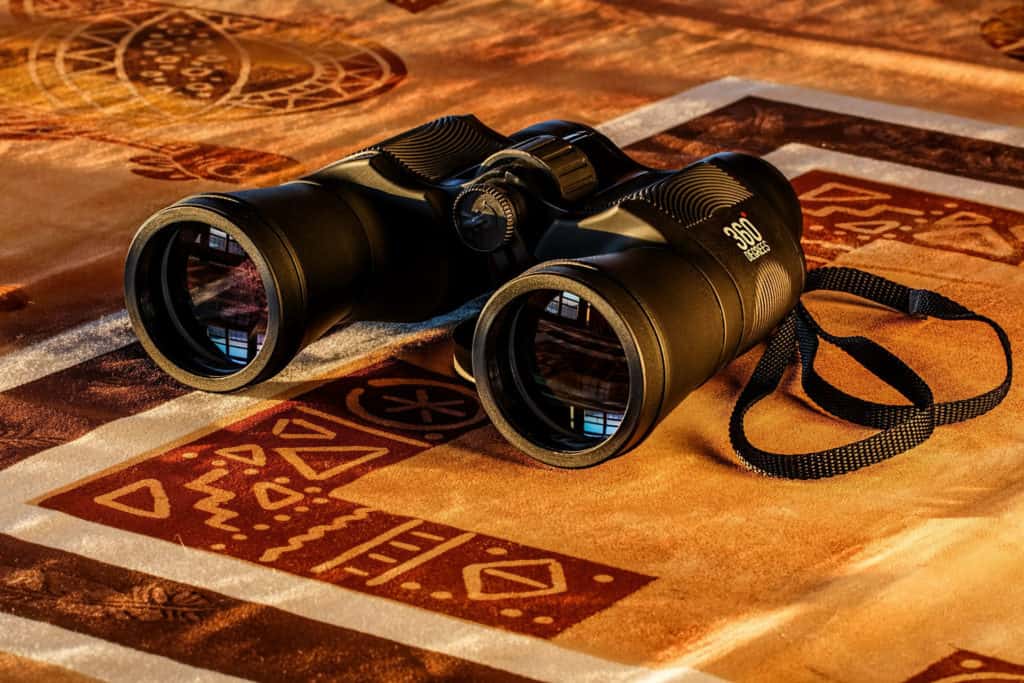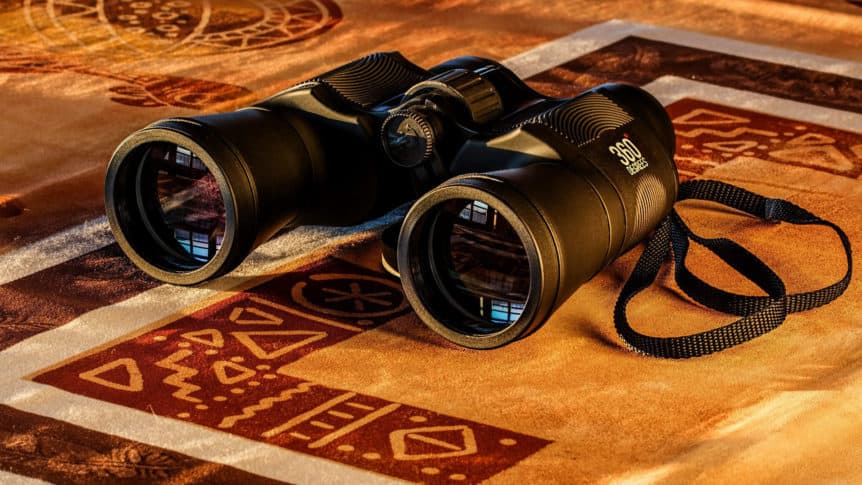
Picture this: you’re ankle-deep in a misty cloud forest, binoculars glued to your face, when a Resplendent Quetzal—its iridescent green tail streaming like a comet—swoops into view. That’s Costa Rica for you—a birdwatcher’s paradise where over 900 species, from toucans to tiny hummingbirds, call home. This compact country, roughly the size of West Virginia, packs a punch with its wild mix of habitats: steamy rainforests, misty highlands, mangrove swamps, and sun-soaked savannas.
Whether you’re a newbie just learning your sparrows from your starlings or a seasoned birder chasing rare endemics, birding in Costa Rica is the trip of a lifetime. Let’s dive into everything you need to plan your feathered adventure—when to go, where to explore, what to pack, and how to make the most of it.
Why Costa Rica’s a Birder’s Dream
First off, the numbers don’t lie: 918 bird species (and counting) thrive here, more than the U.S. and Canada combined. That’s thanks to 12 of the planet’s 18 life zones, from lowland jungles to chilly peaks over 4,000 meters. You’ve got Scarlet Macaws painting the sky red, Keel-billed Toucans flashing their rainbow bills, and elusive Harpy Eagles ruling remote forests.
Add in over 50 hummingbird species buzzing like living jewels and 17 parrot types squawking up a storm, and you’ve got a biodiversity bonanza. Costa Rica’s got 25% of its land under protection—think national parks, reserves, and sanctuaries—making it a haven for birds and the folks who love them. Whether you’re after a bucket-list quetzal or just want to soak in the symphony of a dawn chorus, this place delivers.
Timing Your Trip: Dry vs. Wet Seasons
Picking the right time can make or break your birding mojo. The dry season, December to April, is prime time—clear skies mean birds are easier to spot, their calls ring out crisp and clear, and trails are less of a mud bath. It’s peak season for migrants like warblers and orioles escaping northern winters, plus locals like quetzals strut their stuff during mating season (March–April). But heads-up: this is high season, so book your digs 3–5 months out, especially around Christmas or Easter, when crowds flock to hotspots like Monteverde and Arenal.
Don’t sleep on the wet season, May to November, though. Sure, you’ll dodge afternoon showers, but mornings often shine bright, and lower prices mean more bang for your buck. Migratory birds stick around, and lush greenery lures out species like the Three-wattled Bellbird, whose bonk-like call echoes through the forest. May and November strike a sweet balance—fewer tourists, decent weather, and active birds. Rain or shine, pack that patience; nature doesn’t punch a clock.
Top Birding Hotspots: Where the Action Is
Costa Rica’s birding map is a treasure trove—here’s where to point your binoculars:
Monteverde Cloud Forest Reserve
Nestled in the misty Tilarán Mountains, Monteverde’s a quetzal hunter’s mecca. Over 400 species flit through its cloud forests, including the Resplendent Quetzal (April’s mating season is gold), Long-tailed Silky-Flycatcher, and Violet Sabrewing hummingbirds. Trails like Curi-Cancha weave through dripping bromeliads, and hanging bridges give you a canopy-level view. It’s cooler up here—50–70°F—so layer up.
Corcovado National Park
Down on the Osa Peninsula, Corcovado’s a wild, rugged gem with 370+ species in one of Earth’s most biodiverse corners. Scarlet Macaws scream overhead, Great Green Macaws munch in the canopy, and if you’re lucky, a Harpy Eagle might grace you with a sighting. Access Sirena Ranger Station by boat or hike—it’s remote but worth it. Expect heat (80–90°F) and humidity.
Carara National Park
On the Central Pacific coast, Carara’s a biodiversity mash-up—dry forests meet humid jungles. It’s Scarlet Macaw central, with pairs swooping over the Tarcoles River (bonus: crocs below). Black-hooded Antshrikes and Great Curassows lurk in the undergrowth, and the Universal Access Trail makes it newbie-friendly. Temps hover around 75–85°F year-round.
Arenal Volcano National Park
Arenal’s volcanic backdrop isn’t just eye candy—its 500+ species make it a birding hotspot. Keel-billed Toucans perch near lava fields, Emerald Toucanets dart through rainforests, and Great Potoos blend into the night. Trails like Heliconias are gold, and the Arenal Observatory Lodge is your front-row seat. Expect 70–85°F with occasional rain.
La Selva Biological Station
In the Caribbean lowlands near Sarapiquí, La Selva’s 400+ species thrive in steamy jungle. Sungrebes glide on rivers, Black-faced Antthrushes skulk in shadows, and the Black-and-white Hawk-Eagle soars above. Expert-led tours here are top-notch—perfect for science buffs. It’s hot and humid, 80–90°F, so pack light.
Palo Verde National Park
Guanacaste’s wetlands are a waterfowl wonderland—Jabiru Storks tower over marshes, Roseate Spoonbills scoop the shallows, and Anhingas dry their wings post-dive. Dry season (Dec–Apr) is best for spotting, with temps in the 80s–90s°F. Boat tours up the Tempisque River are a must.
Other gems? Tortuguero’s canals teem with kingfishers and herons, Caño Negro’s lagoons host spoonbills, and San Gerardo de Dota’s highlands hide quetzals and bellbirds. Pick your vibe—coastal, mountain, or jungle—and plan accordingly.
Getting There and Around
Most birders fly into Juan Santamaría International Airport (SJO) in San José—it’s your hub to anywhere in Costa Rica. Liberia’s Daniel Oduber Quirós Airport (LIR) works if you’re hitting Guanacaste or the northwest. From San José, options abound: domestic flights (e.g., Sansa Airlines to Tortuguero), buses (cheap but slow), or rental cars.
Skip the 2WD—Costa Rica’s roads are bumpy, unpaved beasts; a 4WD is your ticket to freedom. Driving to Monteverde takes 3 hours, Corcovado’s a haul (8–10 hours or a flight to Drake Bay), and Carara’s a breezy 90 minutes. Notify your lodging if you’re rolling in late—rural spots shut down early.
What to Pack: Gear Up for the Jungle
A killer birding trip hinges on prep—here’s your essentials checklist:
- Binoculars: Waterproof and fog-proof are non-negotiable—Nikon Monarch 7 (8×42) nails it with crisp optics and durability. Skip tiny travel pairs; you need power for canopy views.
- Field Guide: The Birds of Costa Rica: A Field Guide by Garrigues and Dean is pocket-sized gold, covering 900+ species. The Audubon Birds app’s a digital backup with songs and pics.
- Clothing: Lightweight, breathable layers—long-sleeve shirts and pants fend off bugs and sun. High elevations (Monteverde) dip to 40°F; lowlands (Osa) hit 90°F. A poncho or umbrella beats a bulky raincoat.
- Hat: Wide-brimmed or baseball, your call—keeps sun and bugs at bay. Wet it to cool off in a pinch.
- Sunglasses: UV-blocking and polarized (Costa del Mar Blackfin’s a fave) save your eyes from glare.
- Backpack: Water-repellent with room for gear—Datusara’s hemp bags are tough and eco-friendly. Toss in Ziploc bags (or reusable silicone ones like Stasher) for phones, cameras, and guides.
- Notebook: Rite in the Rain’s waterproof pages let you sketch or jot notes mid-downpour.
- Bug Spray & Sunscreen: DEET for mozzies, SPF 30+ for rays—apply twice daily.
- Snacks: Granola or Clif bars keep you fueled; local markets have options, but pack faves.
- Water Bottle: Tap’s safe in big hotels, dicey elsewhere—carry a reusable bottle (1–2 liters).
Extras? A camera with a zoom lens (e.g., Canon SX70), lightweight sneakers (plus spares), and a positive vibe—birding’s a waiting game.
Must-See Birds: The Big Draws
Costa Rica’s avian lineup is a showstopper—here’s what to chase:
- Resplendent Quetzal: Cloud forests like Monteverde and San Gerardo de Dota host this green-and-red stunner. Males’ tail feathers scream “wow” in mating season.
- Scarlet Macaw: Carara and Corcovado are your best bets—pairs soar in Technicolor glory.
- Keel-billed Toucan: Lowland rainforests (Arenal, La Selva) teem with these rainbow-billed icons.
- Great Green Macaw: Osa Peninsula’s a stronghold for this endangered giant—spot it munching almonds.
- Three-wattled Bellbird: Monteverde’s “bonk” caller shines in wet season—males’ wattled beards are wild.
Endemics like the Black Guan (Talamanca) and rarities like the Bare-necked Umbrellabird (Corcovado) add spice. Hummingbirds—think Fiery-throated or Volcano—buzz everywhere.
Planning Your Trip: Step-by-Step

Start with goals: chasing quetzals or racking up species? Research hotspots via the American Birding Association (ABA) or Cornell Lab of Ornithology—both offer species lists and habitat tips. Cornell’s Merlin app IDs birds on the fly. Pick 2–3 regions (e.g., Monteverde, Carara, Osa) to balance travel time—Costa Rica’s small, but roads slow you down.
Hire a local guide—experts like those from Costa Rica Focus or Aratinga Tours know secret spots and calls, boosting your tally. Budget-wise, it’s not Nicaragua-cheap—tours range $50–$150/day, lodging $30–$200/night. Tip guides 10–15% for killer days. Book early for dry season; wet season’s more spontaneous.
Quick Reference: Birding Basics
| Aspect | Details |
|---|---|
| Best Time | Dry: Dec–Apr; Wet: May–Nov (May/Nov ideal) |
| Top Spots | Monteverde, Corcovado, Carara, Arenal, La Selva |
| Key Gear | Binocs, field guide, layers, hat, bug spray |
| Travel | Fly SJO, 4WD rental, buses, early bookings |
| Species Count | 918+ (50+ hummers, 17 parrots) |
Final Thoughts: Wings and Wonders Await
Birding in Costa Rica isn’t just a hobby—it’s a front-row seat to nature’s wildest show. From a toucan’s squawk at dawn to a quetzal’s glide at dusk, every moment’s a memory. Pack smart, plan loose, and let the birds lead the way. I’ve stood in Arenal’s shadow, jaw dropped as a bellbird belted its tune, and trust me—you’ll leave awed. Whether you tally 50 species or 150, this trip’s a feather in your cap. So grab those binocs, hit the trails, and let Costa Rica’s winged wonders blow your mind.

